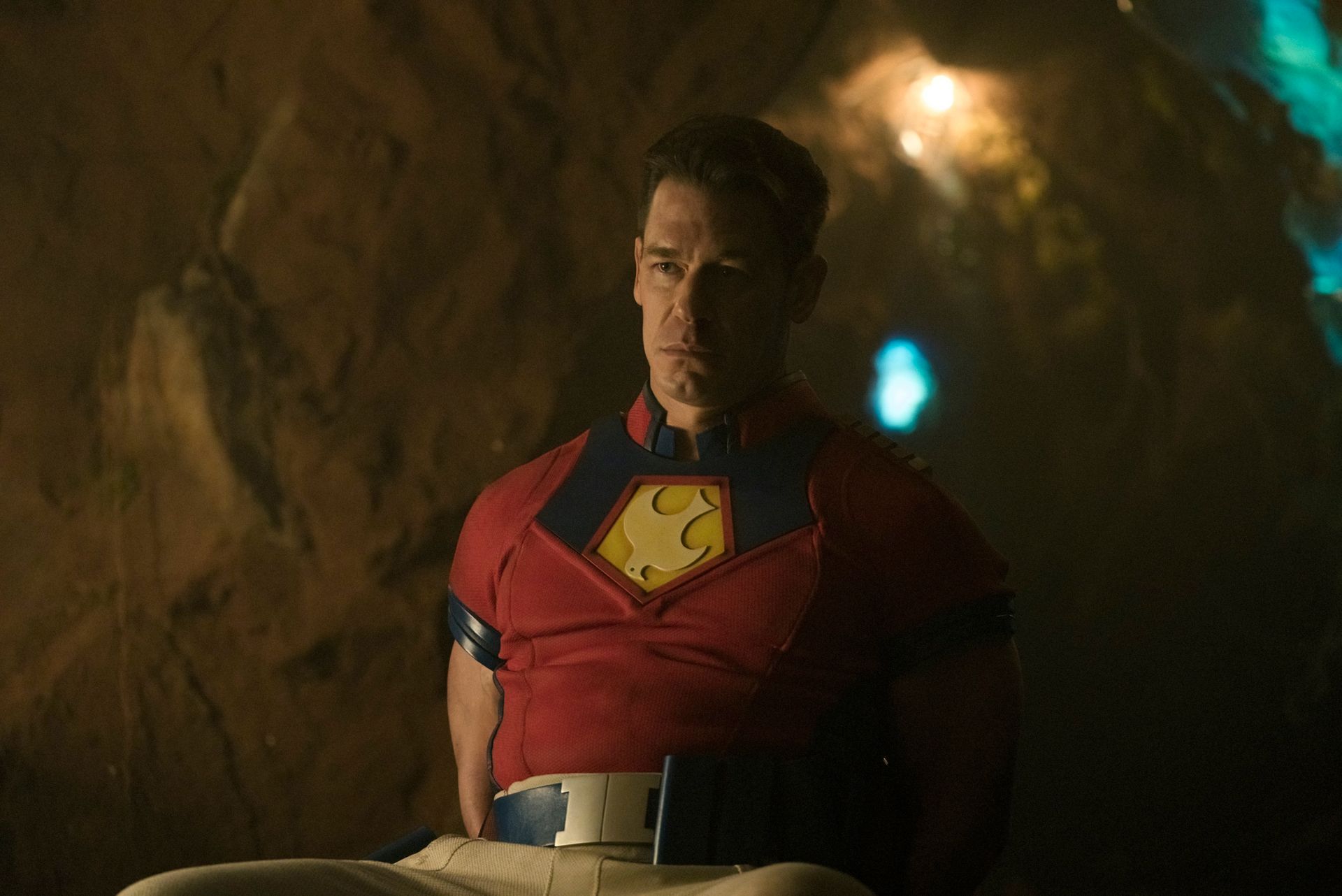Michael Therriault plays Mr. Tumnus and Alexandra Gratton plays Lucy in The Lion, the Witch and the Wardrobe.David Cooper/Shaw Festival
It would seem the Shaw Festival has found the back wall of that once-infinite wardrobe.
Since 2018, the festival has made a point of programming whimsical day trips to Narnia – theatrical adaptations of C.S. Lewis’s beloved children’s books. But artistic director Tim Carroll has confirmed that the Shaw’s relationship with Narnia will come to a close this year, with its final staging of The Lion, the Witch and the Wardrobe, adapted by Carroll and Selma Dimitrijevic, now playing at the Festival Theatre.
Red Like Fruit is a devastating portrayal of how sexism warps women’s stories and identities
The production caps nearly a decade of Narnia-going for Carroll, who directed The Lion, the Witch and the Wardrobe some 183 kilometres west, at the Stratford Festival, in 2016.
Following that production, Carroll brought Narnia to his new home turf in Niagara-on-the-Lake. The festival staged The Magician’s Nephew in 2018, and The Horse and His Boy in 2019. Prince Caspian, initially scheduled for 2020, played instead in 2023.
For the festival’s final excursion into Lewis’s magical land of witches and centaurs, Carroll wanted to return to the series’ roots – the classic first story that sees siblings Lucy, Edmund and Susan venture into the classic, chaotic world of Narnia. While he has a personal affection for some of the lesser-known stories from the Chronicles of Narnia series, he didn’t see a viable way to adapt them.
“The Silver Chair and The Last Battle are very strange books,” he said. “As much as I enjoy them – The Silver Chair was sort of my favourite – they’re not theatrical. So I just thought, ‘Let’s finish where it all began.’ It’s a fantastic story of adventure and jeopardy for young people, and I liked that Selma could look at it with completely new eyes. And I think she’s had a much more interesting response to it than I did.”
Jeff Irving as Peter, Dieter Lische-Parkes as Edmund, Alexandra Gratton as Lucy and Kristi Frank as Susan in The Lion, the Witch and the Wardrobe.David Cooper/Shaw Festival
Dimitrijevic, the production’s director as well as its co-adaptor, has indeed put her own spin on Lewis’s story. (Keep an eye out for The Globe and Mail’s review in early June.)
The biggest difference? Aslan, represented in the books, film adaptations and even this production’s poster, is not a lion.
“There is not a real lion in this show,” said Dimitrijevic. “Aslan is a man. We had this idea of asking, ‘What is real? What’s not?’ And that felt interesting to us. I was really keen to explore, especially for kids, what it means to judge someone by the way they look – does a good leader need to be big and hairy and puff up their chest with a big roar? Or is a good leader someone who can do the right thing at the right moment, and recognize the potential in others and create space for that to be fulfilled?”
Kat Sandler’s fresh take on Anne of Green Gables is a standout at the Stratford Festival
Dimitrijevic doesn’t think kids will notice, or care. “But there will be a lot of adults who will be forced to think about what they expected,” she said, “and hopefully consider what they’re getting instead.”
Another word on Aslan: Don’t expect Lewis’s explicitly Christian parable that frames the lion as a stand-in for Jesus Christ. (While Lewis himself balked at the word “allegory,” he was a devout Christian who referred to Narnia instead as a “supposition” of his religious values.)
“I didn’t know the books were meant to be Christian when I was 10 or 11,” said Carroll. “I don’t think most kids know that’s happening in the books, and I don’t think most kids care when they do find that out. I don’t think Lewis really thought he was going to create Christians by writing the books.”
That’s somewhat debatable. In a 1955 letter to the mother of one of his readers, Lewis wrote that when “[the child] thinks he is loving Aslan, he is really loving Jesus: and perhaps loving Him more than he ever did before.”
Religion aside, Dimitrijevic, who grew up in Croatia, didn’t spend her childhood immersed in Narnia in the same way Carroll, a Brit, did. His advice to her, she says, was not to patronize the children in the audience, and not to be afraid of entertaining the adults in the room.
“I had to make peace with the idea that some people won’t like if we change things,” she said. “There are superfans who know it, and like it, and want the play to be what the books are. But I don’t think that’s the right way to adapt a novel. We’re trying to recreate it in a different art form. So I wasn’t shy about killing off characters, adding new characters, adding new scenes.”
In Stratford’s Dirty Rotten Scoundrels, never before has cheering for the bad guys been so fun
As an example, Dimitrijevic cited Mr. Tumnus, a mythical faun – despite being a fan-favourite character, he doesn’t appear much in the later scenes of the book.
“So we wrote him a couple scenes in the second act,” said Dimitrijevic, “and developed the story a bit. You hope you’re honouring and following what the original author’s intention was for that character, but you never know.”
“I wouldn’t ever be interested in being a purist,” agreed Carroll. “I see that with productions all the time. I appreciate the spirit Selma brings to it – of being very open to changing and cutting and moving things around, and having a clear compass on why everything has to matter, and why everything has to build to a proper dramatic, satisfying conclusion, and not a novelistic one.”










